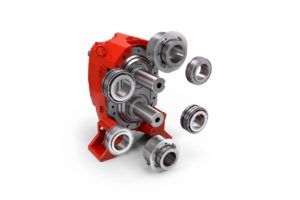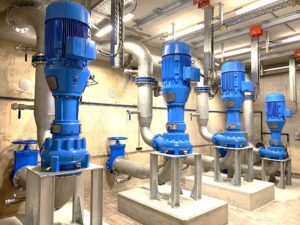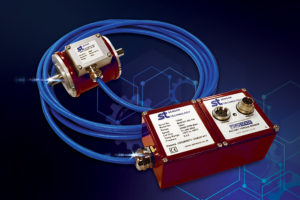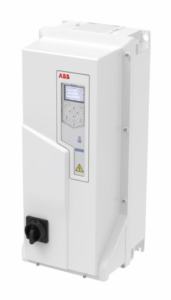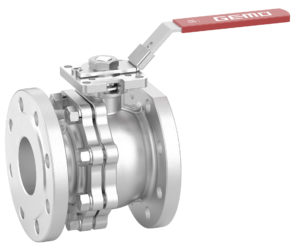Armstrong’s New ‘Tango’ Parallel Sensorless Pump Offers Unmatched Efficiency
Armstrong Fluid Technology has unveiled the new Tango line of pumps featuring the next level of innovation in Design Envelope technology.
Ranging from 1hp to 10hp, the new line of Tango pumps is a completely integrated offering designed to further reduce the first installed costs as well as ongoing lifetime costs by more than 30% over traditional approaches.
New features include:
- Innovative hydraulic design optimized for intelligent variable speed operation
- New Armstrong iECM permanent magnet motors with integrated drive and controls that deliver IE4 levels of energy efficiency, extended by the on-board intelligence
- Significantly improved efficiency – 3-6% on hydraulics and 2-7% on motor efficiency for reduced energy usage and carbon footprint
- Built-in Parallel Sensorless Pump Control capabilities that provide best-efficiency staging and built-in redundancy to deliver up to 30% savings over traditional duty-standby approaches
- Significant reductions in size and weight provide for easier installation and space savings
- Simple servicing using a blanking plate that allows on-going single pump operation
- Both wireless and wired connectivity as well as on-board web services
“The new Tango line represents the embodiment of the complete Design Envelope technology capabilities, delivering the pinnacle of operational performance.” said Lex van der Weerd, Armstrong CEO. ”The extended intelligence and connectivity of our full Design Envelope range allow us to actively support real-time building performance management.
Source: Armstrong Fluid Technology

